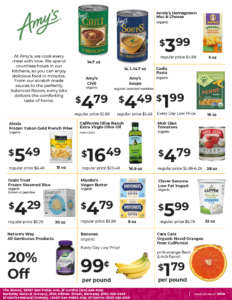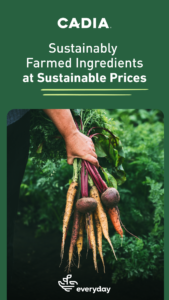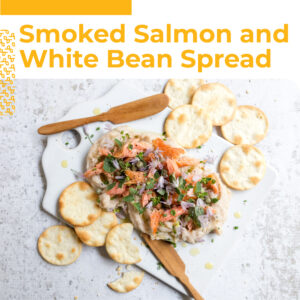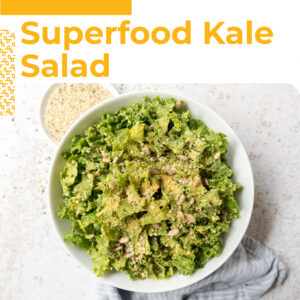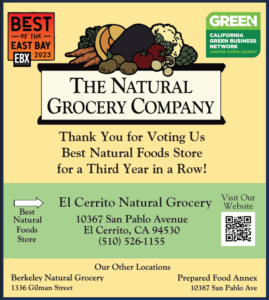This Roasted Salmon & White Bean Spread recipe is perfect for all of your summer hosting needs! It’s fresh, lemony, smokey, and delicious. 🍋
Smoked Salmon and White Bean Spread (serves 4)
DIETARY: Gluten-free
TOTAL TIME: 25 minutes
1 15-ounce can white beans, drained and rinsed
4 tablespoons olive oil, divided
2 tablespoons lemon juice
2 large garlic cloves, minced
½ teaspoon sea salt
¼ teaspoon coarse ground black pepper
4-6 ounces smoked trout or smoked salmon, flaked
2 tablespoons chopped chives
2 tablespoons fresh oregano leaves or ¼ teaspoon dried oregano
1 tablespoon capers, drained
Crackers or bread to serve
- In a food processor combine beans, olive oil, lemon juice, garlic, salt, and pepper. Run processor until mixture is smooth.
- Spread bean mixture onto a service plate creating swirls. Drizzle on remaining olive oil and top with flaked smoked fish, fresh herbs, and capers.
- Serve with crackers or sliced artisan bread.










